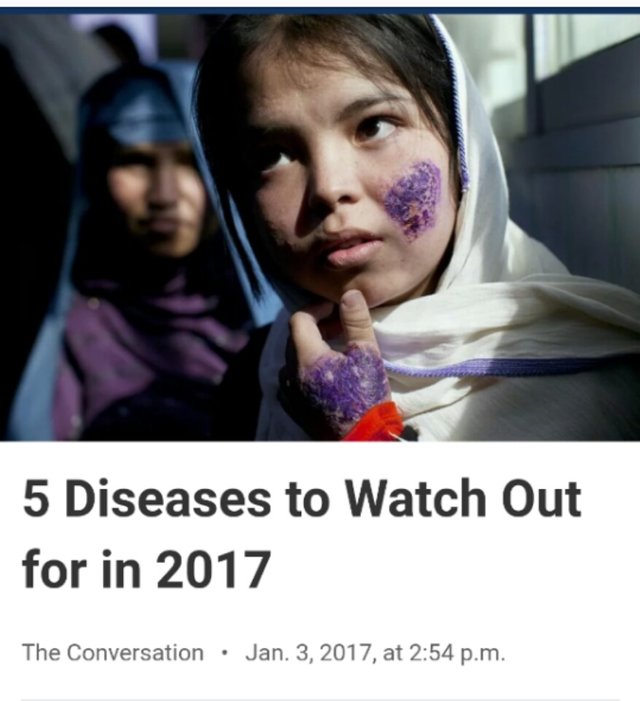Health information

By Derek Gatherer
The phrase "emerging disease," to describe an infectious disease that is new to humans or which is suddenly increasing its geographical range or number of cases, dates back to the 1960s. But it was the realization in the late 1970s and early 1980s that the world was in the throes of previously unrecognized pandemics of genital herpes and AIDS, that really propelled the term into the mainstream.
The causative agent of genital herpes was type 2 herpes simplex virus (HSV-2), a pathogen that was reasonably well-known at the time, but whose capacity for explosive spread had been underestimated. AIDS, on the other hand, was a completely new infectious agent – one which we now know had been spreading unrecognized since the early 20th century.
Since then, emerging diseases have been appearing at an accelerating rate. Part of the explanation for this may simply be that we are much better at detecting them now. On the other hand, population pressure, climate change and ecological degradation may be contributing to a situation where zoonosis – the movement of a disease from a vertebrate animal to a human host – is more common.
Whatever the explanation, hepatitis C (1989), West Nile virus (1999), SARS (2003), Chikungunya (2005), swine flu (2009), MERS (2012), Ebola (2014) and Zika (2015) have all since had their time in the media spotlight. A further 33 diseases have featured in the World Health Organization's Disease Outbreak News since its inception in 1996. Of the "big eight" listed above, six are known zoonotic diseases – and the remaining two (hepatitis C and Chikungunya) are assumed to be so, although the animal reservoir remains undiscovered.
So what other new infectious diseases are on the horizon? These are the ones to watch for in 2017.